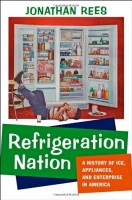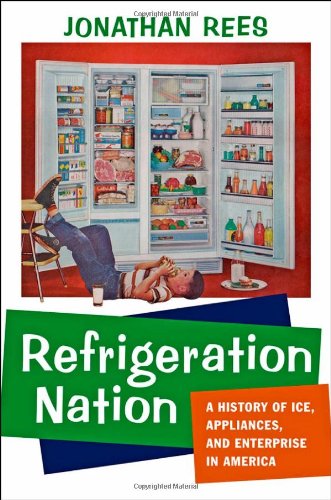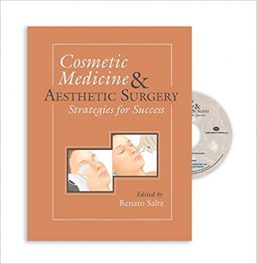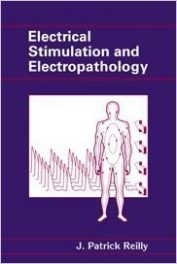 Author: Jonathan Rees
Author: Jonathan Rees
Publisher: Johns Hopkins University Press – 236 pages
Book Review by: Sonu Chandiram
Nowadays, we take refrigerators and freezers in our homes for granted. But preserving food, especially meat, from spoiling was a crucial need until refrigeration was invented in the nineteenth century. So it took a long time to learn how to produce “cold” but its opposite heat, was discovered thousands of years earlier.
Cold is the absence of heat, and what a refrigerator (and similarly an air conditioner) does is remove heat from a confined area. A refrigerator, called a “fridge” for short, consists of a thermally-insulated compartment and a heat pump that moves heat from the inside of the fridge to its external environment so that the inside of the fridge is cooled to a temperature below the ambient temperature of the room. Lower temperatures in a confined volume lower the reproduction rate of bacteria so the refrigerator reduces the rate of spoilage..
Man learned how to produce heat in early prehistoric days simply by rubbing two sticks together, so that heating made the meat easier to eat or more edible. Prior to heat, man had to eat meat from animals raw, just to survive. Of course they also discovered edible vegetation, but we do not know in what proportion they ate vegetation versus meat.
Prior to the invention of the icebox – the old name for refrigerator – people cut blocks of ice in ponds to preserve food, especially meat, from getting spoiled, rotting and getting decomposed. For this reason, I would say the invention of the icebox was one of the most important milestones in the history of civilization.
As a matter of fact, it was so crucial the scientist and philosopher Francis Bacon wrote in 1624: “The producing of cold is a thing very worthy the inquisition,” the author Jonathan Rees points out in his Introduction.
This book on early and later refrigeration methods therefore, is a very important one. Jonathan Rees takes you on a historic tour of the discovery and development of refrigeration in this book, and its outline is presented to you in its contents page:
Introduction – The Cold Chain
- Inventing the Cold Chain
- The Long Wait for Mechanical Refrigeration
- The Decline of the Natural Ice Industry
- Refrigerated Transport Near and Far
- The Pleasures and Perils of Cold Storage
- “Whoever Hear of an American Without an Icebox?”
- The Early Days of Electric Household Refrigeration
- The Completion of the Modern Cold Chain
Conclusion – Refrigeration, Capitalism, and the Environment
The cold chain involves the transport or movement of products that are temperature-sensitive along a supply chain through thermal and refrigerated packaging methods, and logistical planning to protect goods from getting spoiled. Cold chain goods can be transported in refrigerated trucks and railcars, refrigerated cargo ships or as air cargo.
Jean-Paul Rodrigue and Theo Notteboom write in The Geography of Transport Systems: “The cold chain is thus a science, a technology and a process. It is a science since it requires the understanding of the chemical and biological processes linked with perishability. It is a technology since it relies on physical means to insure appropriate temperature conditions along the supply chain. It is a process since a series of tasks must be performed to prepare, store, transport and monitor temperature-sensitive products. From an economic development perspective, the cold chain enables many developing countries to take part in the global perishable products market either as producers or as consumers.”
Jonathan Rees provides us a good history of the ice industry, cold chains, cold storage, refrigerated transport, and mechanical refrigeration in this valuable book.
Jonathan Rees is a professor of history at Colorado State University, Pueblo. He is the author of Representation and Rebellion; The Rockefeller Plan at the Colorado Fuel and Iron Company, 1914-1942 and Managing the Mills: Labor Policy in the American Steel Industry During the Nonunion Era.







